AO Edited
La Conquistadora, Our Lady of Conquering Love
A small side chapel in Santa Fe's basilica is home to the oldest statute of the Virgin Mary in North America.
Perched in a high, gilded niche in the Lady Chapel of the Cathedral Basilica of St. Francis of Assisi in Santa Fe, New Mexico, is a 30-inch-tall wooden statue of the Virgin Mary. She is called La Conquistadora, Our Lady of Conquering Love. The religious icon is believed to be the oldest continuously venerated Virgin Mary likeness in the United States.
The statue is hand-carved from willow and European olive wood. Tree-ring dating performed by the University of Arizona dates her to between 1448 and 1648. Speculation is that she was brought to the New World by the Spanish and reached Santa Fe in January 1626. She was carried there by Fray Alonso de Benavides on an ox cart in a wagon train. He placed her in the adobe church on the site of the current basilica. During the Pueblo Revolt of 1680, she was taken from the burning church and did not return to Santa Fe until the Spanish returned in 1693. Don Diego de Vargas, then governor of the New Spain Territory, established the Fiesta of Santa Fe to acknowledge her intervention in the return of the Spanish. In 1714, the Cathedral Basilica of St. Francis built was on the site of the old church and became the statue’s permanent home. The only part of the older church that remains is La Conquistadora’s small adobe Lady Chapel.
Since 1650, La Conquistadora has been cared for by the Confraternity of Our Lady of the Rosary. They are responsible for protecting her and maintaining her extensive collection of gowns, robes, veils, wigs, and jewelry. A sacristana dresses her and manages her wardrobe, estimated at more than 300 outfits and a jewelry collection that would be the envy of any royal. The statue’s elaborate attire is changed monthly to correspond with the church calendar. Most pieces of clothing have a special meaning. Some who have visited to pray at the statue have donated outfits as thanks for answered prayers, and other garments have prayers sewn into them. An Inuit village in Alaska gifted it with a hand-sewn ermine robe.
The statue usually wears a long wig of dark brown human hair. Several of the icon’s wigs are made from hair donated by cancer patients. Her jewelry collection includes crowns of gold and precious gems and a Byzantine cross of 220 diamonds, sapphires, and emeralds. The 14-carat gold crown used for her papal coronation in 1960 is valued at $65,000.
La Conquistadora is often displayed holding a tiny, wooden infant Jesus. The infant was likely made at a different time by another artisan and is not original to the piece. The Madonna also has a body double. In 1933, an identical statue, La Peregrina, was created to stand in for her when she leaves the chapel for special events. In 1973, she was kidnapped and ultimately recovered from an abandoned mine shaft in the Manzano Mountains. She returned to the chapel after spending a night at a police station.
To this day, her patronage of her home city is celebrated by the annual procession of the statue on San Francisco Street during the Fiesta of Santa Fe. The festival is held during the second week of September and culminates with the ritual burning of Zozobra, a giant effigy.
Know Before You Go
The Cathedral Basilica of Saint Francis Assisi is open from 6:00 a.m. to 6:00 p.m. daily. La Conquistadora is located in the back of the cathedral, on the left hand side when you enter.



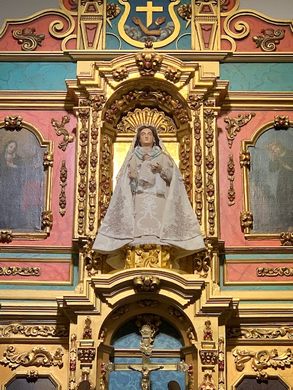
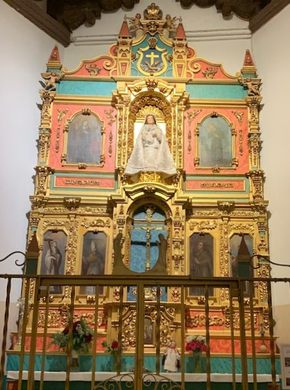
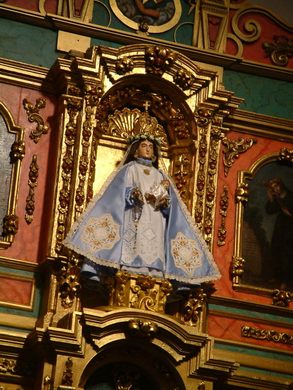
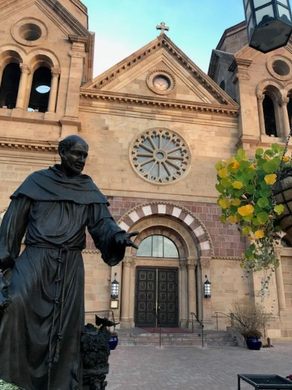








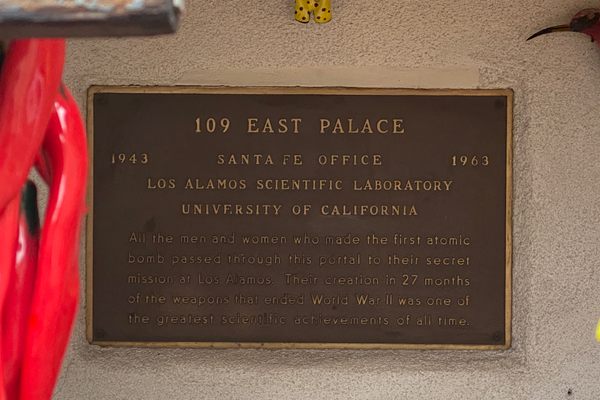

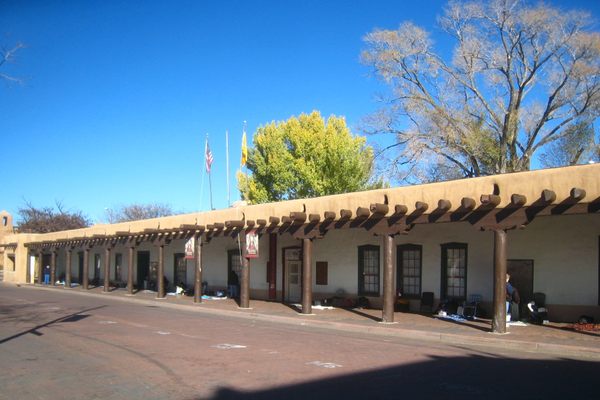

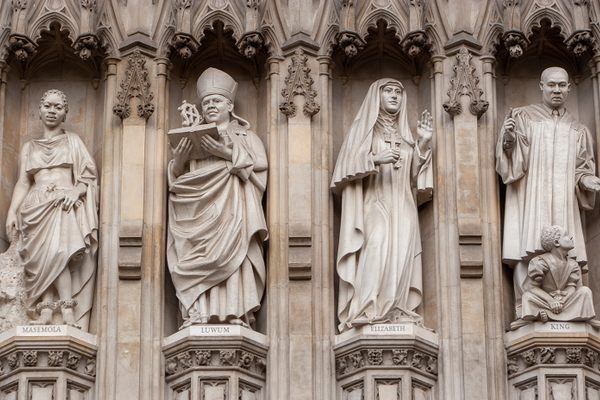

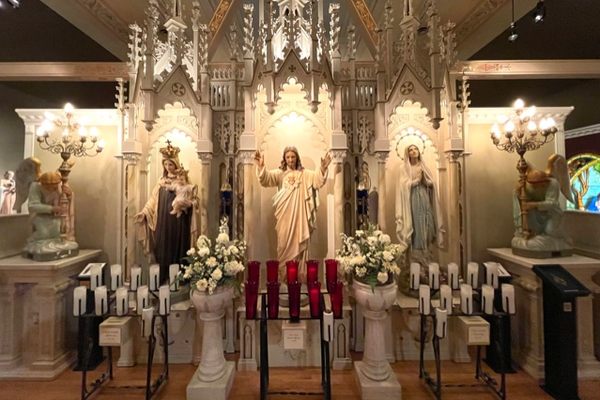
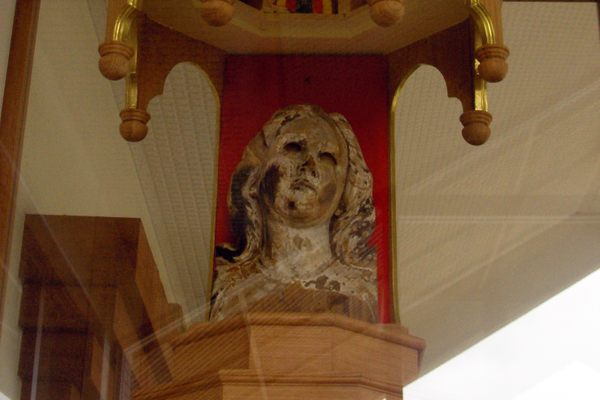


Follow us on Twitter to get the latest on the world's hidden wonders.
Like us on Facebook to get the latest on the world's hidden wonders.
Follow us on Twitter Like us on Facebook